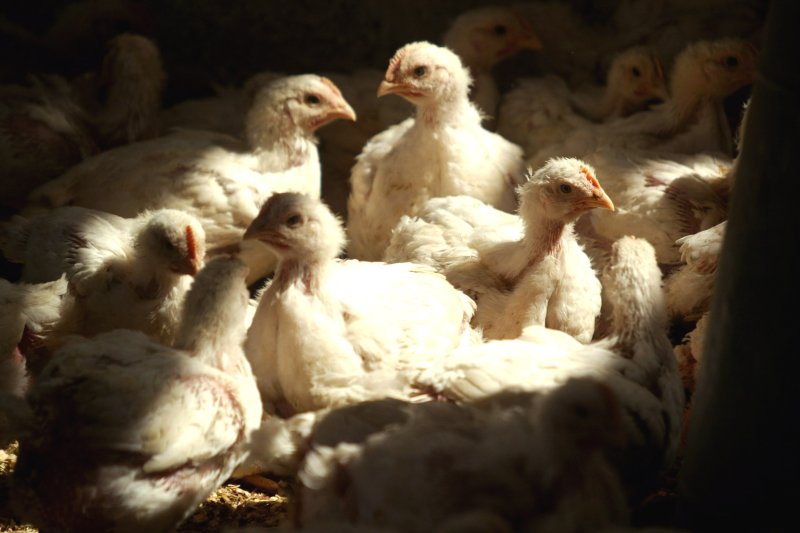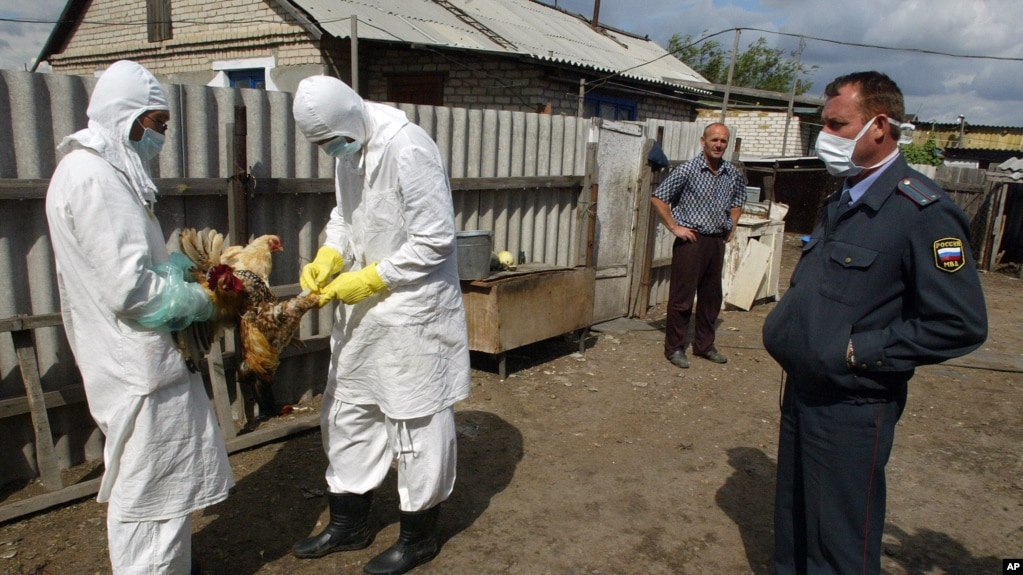Most of those children had not been vaccinated against the virus, Dr. Anne Schuchat, acting director of the Centers for Disease Control and Prevention, said. In her testimony Thursday before a House of Representatives subcommittee, Schuchat said that although this year’s vaccine effectiveness was relatively low — the CDC’s preliminary survey shows it is 36 percent effective overall — its effectiveness in children is much higher, at 59 percent.
When asked why, Schuchat acknowledged that infectious disease specialists don’t know, but she offered two theories. “One is, children’s immune response is often better than adults, particularly better than older adults. A second is your response to an influenza vaccine may differ when it’s the first time you’ve been exposed to influenza or the vaccine,” she said.
Flu vaccine's benefits
The CDC recommends that everyone 6 months old and older get a flu vaccine every year, although only about 60 percent of children in the U.S. get that vaccine. Children are more likely to get the virus and spread it, and Schuchat said having more children vaccinated is in the public interest. “We know that flu vaccines can prevent disease and reduce severity, and we know that they can also prevent spread,” she said.
Getting the flu vaccine doesn’t mean someone won’t be hospitalized or even die from the flu, but the vaccine makes it much less likely. One study found that, for healthy children, the flu vaccine reduced the risk of dying by almost two-thirds. For those children whose medical condition put them at greater risk, the vaccine cut their risk of death in half.
Peak flu has passed
Although the peak of the flu season has passed in the U.S., Schuchat said, “There’s still a lot of flu out there.” This year’s flu season started a month earlier than most, and the predominant strain, H2N2, an A strain, is more virulent than the B strains that are also circulating. Another difference from regular flu seasons is that the virus circulated through the entire continental U.S. at the same time.
The virus peaked in early February, but the season has several more weeks to go. Schuchat told the subcommittee that the B strains are more common right now than they were a few weeks ago, which may actually be good news because the CDC found that the vaccine is 42 percent effective against influenza B viruses. She told the subcommittee, “Some vaccine is better than no vaccine protection.”
https://www.voanews.com/a/flu-vaccin...n/4287274.html


 The Science, Health, and Technology Room
The Science, Health, and Technology Room


 Reply With Quote
Reply With Quote






